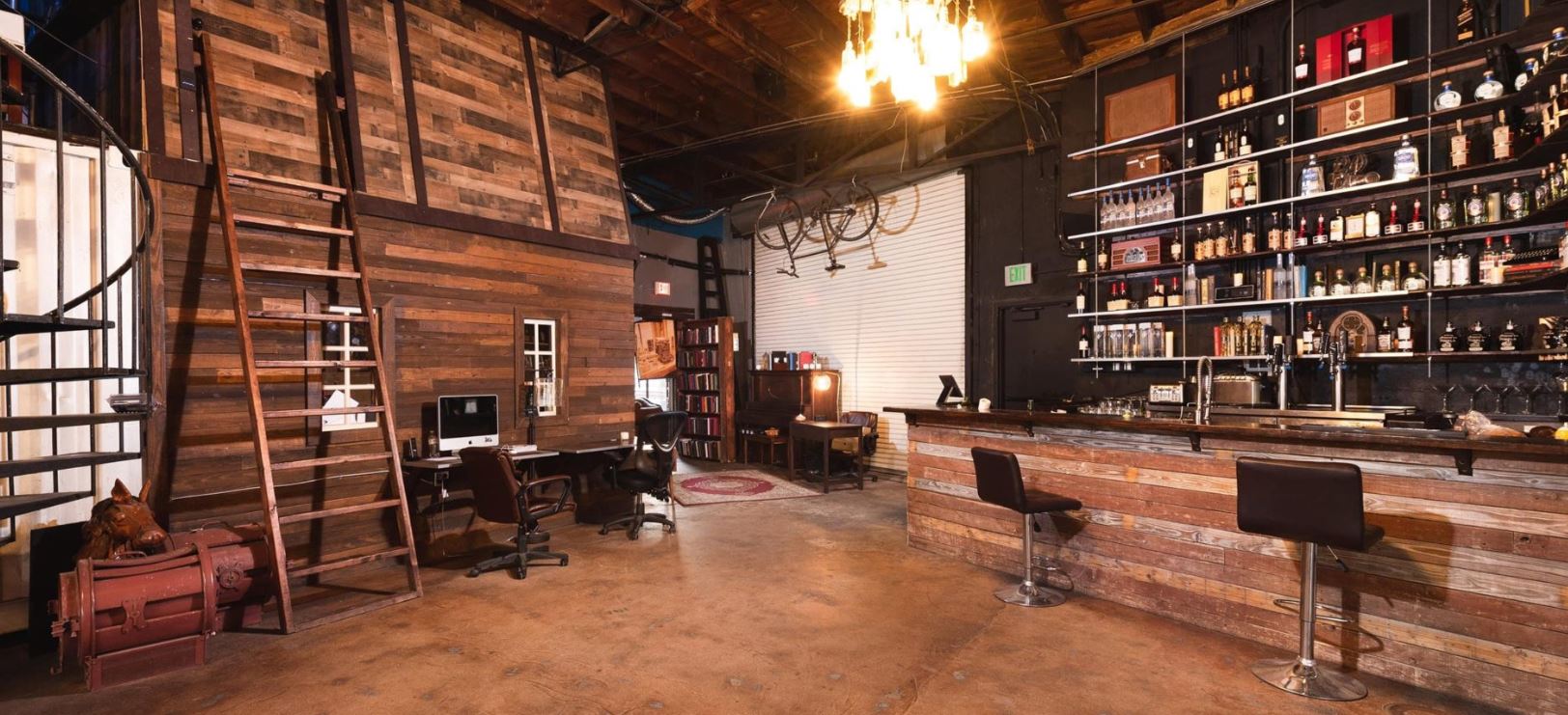Creating studio media quality without owning a studio requires plenty of planning and preparation before you can begin recording. The good news is you don’t need to spend a lot of money on fancy camera gear and equipment to create high-quality media.

Pinpoint a Recording Space
First, before you start recording, you need to identify a space to use for recording. You want a comfortable, quiet, and accessible spot that doesn’t cost an arm and leg. Ideally, searching for studios for rent in your area will give you an idea if this an option you can afford.
If renting a studio isn’t an option, trying using a room at home or work that is an interior room so that there are less noisy intrusions.
Test Acoustics
Once you’ve determined the perfect space to create your media, you need to test the acoustics of the room. Sound bounces of walls, so you need to make sure you like how it will sound on recorded video. IF there is an echo in the room, you can reduce by filling the room with soft furniture such as bean bag chairs or pillows. Foam or hanging blankets on the will help with sound.
When you’ve decided on a space and have tested the acoustics, it’s time to get the gear you need in order. Below are five ways to create studio media without owning a studio:
-
Camera
You need to choose a camera for recording, and a good rule of thumb is to select the camera, you know. There are three options of cameras, a camcorder, a DSLR, or cell phone. Smartphones have come a long way in the quality of video and images, and your phone might be all you need to record. Invest in a tripod to hold your phone and off you go recording.
-
Microphone
An essential element of your video is audio quality. It is necessary to choose a microphone that will work best for you. Three conventional microphones are used, lavalier, shotgun, and cardioid.
- Lavalier microphones – known as lapel, are great for one-person interviews and are easily hidden.
- Shotgun microphones – used for capturing location sounds and multi-person interviews. They are connected with XLR cables.
- Cardioid microphones – known as handheld mics, and are used for speech microphones.
-
Studio Lights
The quality of your video can be ruined by bad lighting. If you are creating media with just a single subject, play around with three-point lighting. The dimensions of the lights moderates shadows and contracts, but the subject is still clear from the background. Clamp lights are a budget-friendly way to test lighting arrangements that work best for your recording space.
-
Green-Screen Backdrop
Green-screen is used to replace the real background with a digital one by blending it with your subject. An example of a green-screen backdrop, is the weather segment on your local news station. The meteorologist is standing in front of the screen. You can create a do it yourself green screen backdrop by purchasing budget-friendly fabric that can be used as your backdrop.
-
Video Editing Software
After shooting your footage, you will want to edit by using a video editing software so that you can polish up some of the content. Luckily, there are lots of video editing software to choose from, and they all come with a different price tag. Try some different software to find the program you like best before investing.
Once you’ve corralled your footage, you can upload it into video editing software to polish up your content. There are plenty of video editing options to choose from, so test several different platforms before settling on the one that’s right for you.
___________________________________________________________
Interesting related article: “The definition of Media.”

